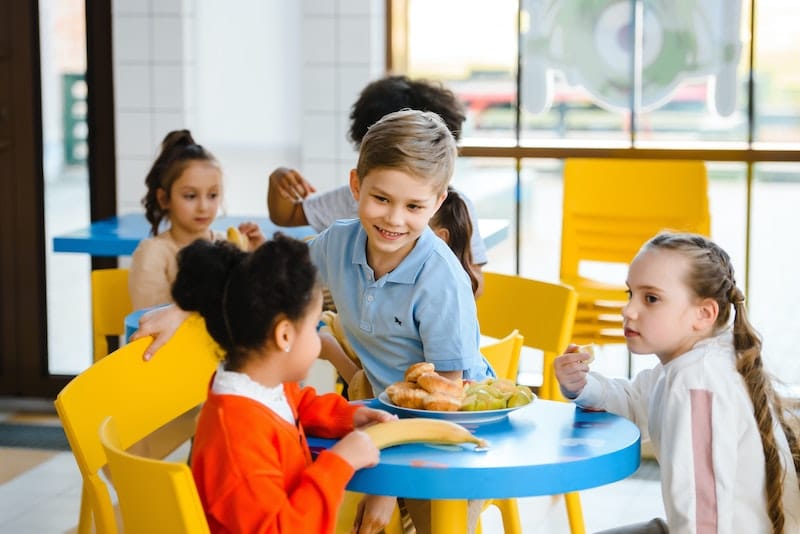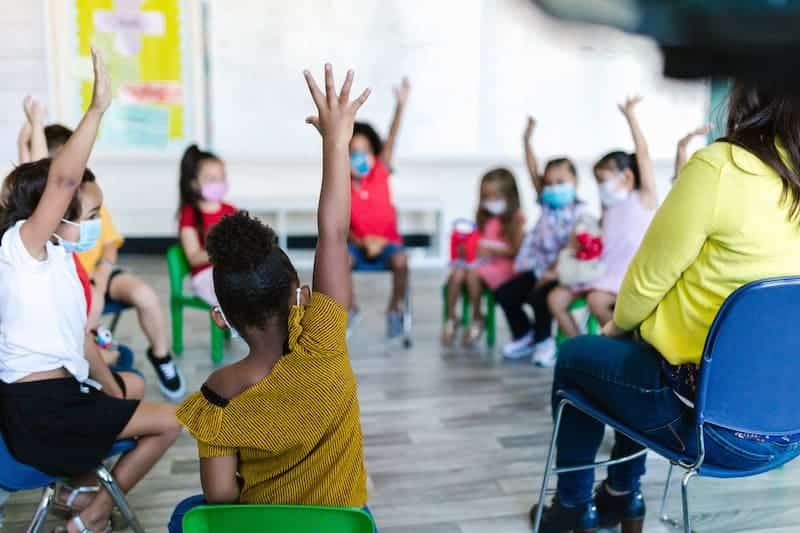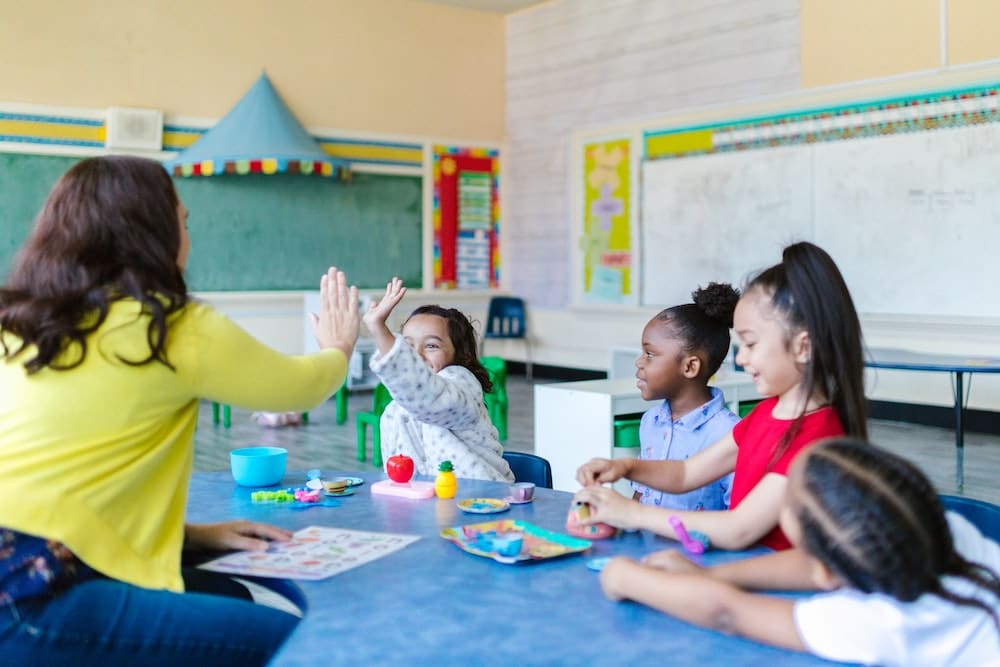Planning for the school year is an opportunity to add new educational layers to curricula. Adding elements of social and emotional learning through classroom activities is always a good idea. Social-emotional learning fosters better development that can improve the classroom environment and prepare children for challenges and opportunities in their futures.
Fun Indoor Classroom Games
Developing fun indoor classroom games for kids with social-emotional learning requires choosing and framing fun interactive activities. (MakingCaringCommon) Several common indoor classroom games already provide social-emotional learning opportunities. They just need to be framed so that students get used to approaching activities with the right mindset to practice social and emotional skills.
Here are a few suggestions to start with:
Social-Emotional Games for Students
Most games are already predicated on skills like paying attention, practicing memory, understanding how to use rules to make goals and follow through on decisions. As a result, turning a fun indoor game into a social-emotional learning game might be as simple as pointing out the skills the game asks the students to practice. (GSE)
For example…
I Spy

This reliable game is predicated on several important social-emotional skills. For example, it relates to focus, such as:
- Practicing filtering between senses and impressions
- Focusing in spite of distractions
- Reacting to detailed instructions in a timely fashion
Framing this game to turn it into a social-emotional learning game might look something like this:
Tell students that this game is about exercising their “focus power.” Additionally:
- Tell students they get to use “focus binoculars” to help them pay better attention to details. For younger kids, this might include miming holding a pair of binoculars to their eyes.
- Make it clear that “focus power” involves more than just their sense of sight. They need to look, but they also need to listen for clues, and they need to make a point of thinking about using their minds to hush distractions.
- When the game is over, moderate a conversation with the students. Get them talking about frustrations or distractions that made the game difficult, and discuss strategies for improving attention.
- An important aspect of turning a game into a social-emotional learning activity is the roundup at the end. Educators can ask students to think about other times they need to use their “focus power,” and what that looks like to them.
The Name Game
With this game, students will be able to practice paying attention to what other people say. Find out about more listening skills activities here. This game helps students:
- Practice active listening
- It helps with memory, in particular, as it relates to social interactions.
- It also helps with social skills.
Arrange students into a circle. Students take turns saying their name and accompany it with some kind of movement. Examples include raising their hand or sticking out a foot. Then all of the other students say that student’s name and imitate the motion. Go around the circle, repeating every new student’s name and motion and add it to a sequence. Frame this game by talking to students about engaging their “memory power.”
- Before starting the game, ask students why remembering is important in and out of school.
- Talk about all of the activities in life that involve “memory power.” Things like remembering where grandma lives, or which snacks you and your friends like in common, or the rules to games.
- When the game is over, review with students the challenging parts of the game–talk about the easy parts too.
- Talk with students about how to use memory power in their lives as it relates to making friends or other social skills.
Simon Says

The game of Simon Says creates opportunities for students to practice the following skills:
- Community participation
- Active listening
- Paying close attention to what they’re doing
Frame Simon Says as a social-emotional learning activity by telling students how they can use their “stop and think power” to do well.
- Set it up by talking about how powerful our minds are over our bodies when we are in the habit of stopping to think about our actions.
- Talk through all the times, in and out of the classroom, that we need to stop and think about what we do.
- When the game is over, students can talk through how they paid attention and what they did to help themselves control their bodies.
- Have a class discussion about ways to practice stop and think power throughout the rest of the day.
Classroom Games for Kids
Games make excellent teaching tools. They create classroom bonding activities, and they provide learning opportunities that might not otherwise arise. In most cases, fun indoor classroom games can be turned into social-emotional learning experiences, if they’re framed correctly.
Soul Shoppe provides social emotional learning programs for schools and homeschooling families. Our in-person and online programs provide training to educators to help them learn how to create social-emotional learning classroom activities. Additionally, Soul Shoppe provides direct-to-student curriculum such as the online course Tools of the Heart. Contact us for more information here to learn more about our online courses.
You May Also Like:
Teaching Boundaries Activities
Conflict Resolution Activities for Kids
Sharing Games for Elementary Students


